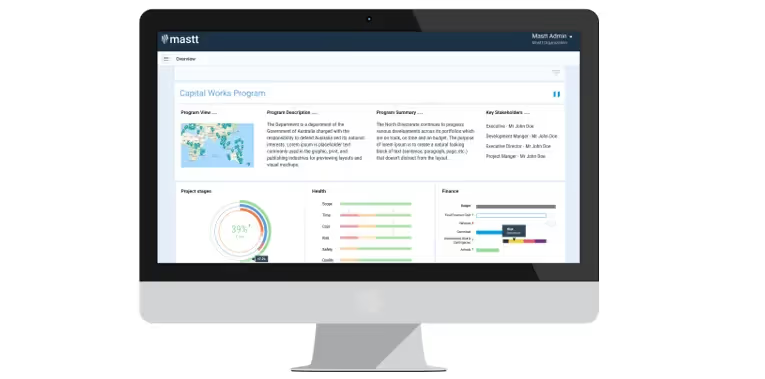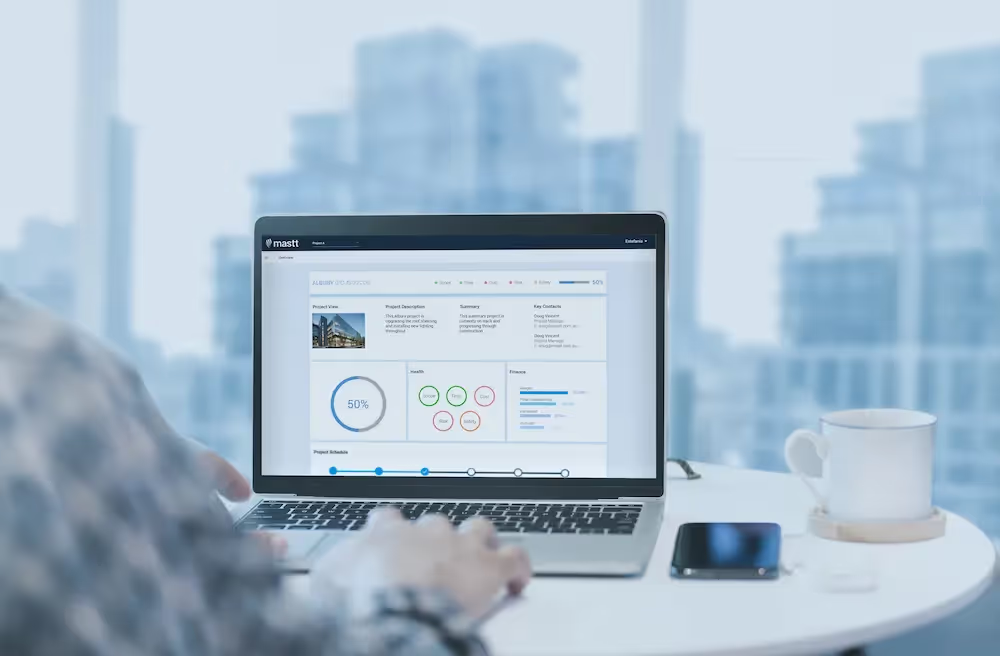I’m constantly observing project owners and client side project management firms having issues 😭 developing and implementing internally developed software systems and performance controls across projects and programs.
Whether it is a spreadsheet, SharePoint, or even custom software the struggle is real for owners and client-side PM consultants who aren’t specialized in this capability. The result is:
- A singular use platform: 💀In their silo, the system has not been developed with industry wide input fearing competition. These systems are difficult to deploy as all projects involve many different parties and vary in use cases across sector, discipline, size and complexities over time.
- No one else wants it:🤷♂️ Other owners and client-side project management firms won’t trust using a system owned by a competitor.
Given the project-driven nature of the property, engineering and construction industry, nearly all client-side PM firms and owners are competitors 🏃♀️🏃♂️. As a result, an inherent lack of trust is the norm. Firms are reluctant to share innovations or info with each other, fearing a loss of competitive advantage

Difficulties that cannot be solved without trust in the whole industry.
From this standpoint alone, it’s clear that the system should not be the property of, and therefore controlled by, an existing single party in the transaction. For all parties to benefit, the system should be operated by a neutral third party 👮♂️.
This method has been demonstrated through history
- Architects: In the early years of CAD, Architects and Engineering designers tried to build their own software. They weren’t good at it, no other Architects would buy it, and it cost a bomb 💣to run the software. Now they all use Autodesk.
- Builders: At the dawn of the internet and software, builders tried to develop their own software systems. Similarly, they weren’t good at it, no other builders would buy it, and it cost a bomb 💣. Now they all use Aconex, Procore, and other systems.
A Neutral, Independent System not Owned by Consultants or Owners
From history its clear that an independent capital project, program and portfolio management platform is inevitable and benefits all parties. An independent platform can enable trust and efficiencies of scale to drive the successful management of an owner’s capital and infrastructure project. Projects should use a platform that is operated by a neutral third party — not owned by a single stakeholder in the project ecosystem.
Users of the system needn’t worry about how, when, and by whom their data is accessed or controlled. The system is transparency and necessary information easily shared between the parties for the benefit of the project, program, and portfolio. This is fair and treats all participants equally in every form of information exchange. 😇
Everyone benefits
Owners and client-side PM firms can save time, save money and increase the bottom line by using neutral systems. Those who have have discovered this have stopped competing and start benefiting from the significantly higher levels of efficiency that a licensed, independent SaaS platform offers.
- Continuous Improvement: Ongoing access to upgrades and industry-wide enhancements, with every pm, user and client benefiting as the product developed.
- Immediate Start: Turn-key same day deployment as there is no requirement for owners or consultants to have their own dedicated hardware or software.
- Lowest Possible Costs: Lower cost of ownership than developing systems internally and lower whole of life costs as the system grows due to economies of scale.
- It can be free! For PM consultants, using the client’s neutral SaaS solution costs $0 and saves time — a win-win.
Considering a System? A Few Concluding Points
If you are an owner or client-side PM firm evaluating a system for your project, program or portfolio consider:
- Licensing 📝 A neutral third-party application to benefit from economies of scale and lower costs of ownership.
- Singular Focus on Software.💯 A vendor who does only software and has industry experience will have complete Focus On Your Success.
- Experience on Similar: 👍 The breadth of experience the neutral third-party vendor has and that their solution is validated and proven across industries.
- Tech: 👩💻 The underlying technology is robust and supported. Custom software has no limitations, where systems built on SharePoints or old data-bases can limit functionality, security and service downstream.
- Vision: 🤖The long-term roadmap of development and make sure your partner is developing their systems for the long term, not just today. The technology landscape in even 1 year will far advanced from today, and your organisation must take advantage of these benefits.
- Data Security: 🔐 Who has access to the data and could this fall into the wrong hands to give an unfair advantage?
- Collective Benefit: 👨👨👧👧Will a neutral third-party application benefit all of my network, clients and consultants or cause supplier attrition if others don’t adopt it? A platform should build trust in your clients, consultants and vice versa.
Mastt - A Neutral Platform for all Owners and Client-Side PM Firms to Benefit
At writing of this article Mastt is approaching nearly $10bn of projects, programs and portfolios using the platform.
Mastt, has been specifically built to handle complex capital & infrastructure management tasks that typically spans across owners and consultants, from Assistant PM’s to Program and Portfolio Managers.
Being neutral, Mastt offers our biggest clients huge efficiencies of scale as we are independent and instead work with all of industry to develop a system for industry.
Owners and consultants can save time and money by not investing in systems and rather moving onto Mastt.
All of this is backed by unmatched client service that ultimately drives user adoption and insights, maximizes return, mitigates risk, and promotes project success.







.avif)




